Photographs, favours and mango leaves.
Each time I set out to collect an oral history I prepare for an adventure, not only because of the narrative that awaits my attention but also the excitement of travelling to the interview location and observing the setting. Why is the interview setting or sense of place important in collecting oral history?
I often find myself travelling far into the East or West of Melbourne and Sydney to do my interviews with Tamils, often in their homes. The narratives I listen to are fascinating tales of heroism, courage, pain, anger, progress and change. And yet, during these narratives I always find myself pausing to observe my surroundings such as paintings on the living room wall, the small statues of elephants and wedding favours (usually miniature statues of gods and goddesses) stacked neatly in a glass cabinet and colourful cushions with saree print borders. Sometimes I am also alerted to the hospitality of family members who insist I drink coffee and tea, or eat lunch before I leave the house.
When we think of oral histories we tend not to think of the interview setting or the surroundings that can provide key links between the past and present. However, when oral histories are the main source of information about the Tamil people’s past, the kinds of clues from the interview setting mentioned above can help to better understand the individual and their narrative.
Here is an example from my research diary:
After one and a half hours on Melbourne’s suburban train line I arrived at the final station signalled by its open plains and sprouting development sites cascaded with modern architecture, where I was greeted by a Tamil woman named Tharshi* who had agreed to share with me her childhood memories. Tharshi drove me from the train station to her house, identifying local amenities along the way such as the shopping mall, local Tamil school which her children and nephews attended, post office, primary school and fish market. She also states that she usually works on Saturday but took the day off to take the children to Tamil language exams. Approximately ten minutes later her car pulls into the driveway of a newly built house, at first appearing identical to the others but on closer observation revealed distinct markers of Tamilness: a large sandstone Ganesh statue centres the front yard, several varieties of roses frame the front fence and dried mango leaves are hung on a string across the top of the front door. Inside, the walls of the house are neatly scattered with several family photos of her family and relatives as well as paintings and prints of Hindu gods and goddesses. The interview takes place in the formal living room, away from the weekend noise, where she tells me that she is living in a koottukudumbam (a common living arrangement among Tamils whereby immediate and extended families live together), a childhood wish of hers fulfilled at last she tells me. As I observed my surroundings it occurred to me that the visible markers of family and religion were at once a comfort and piercing reminder of the pain of family separation and faith that Tharshi experienced throughout her childhood.
*Pseudonym
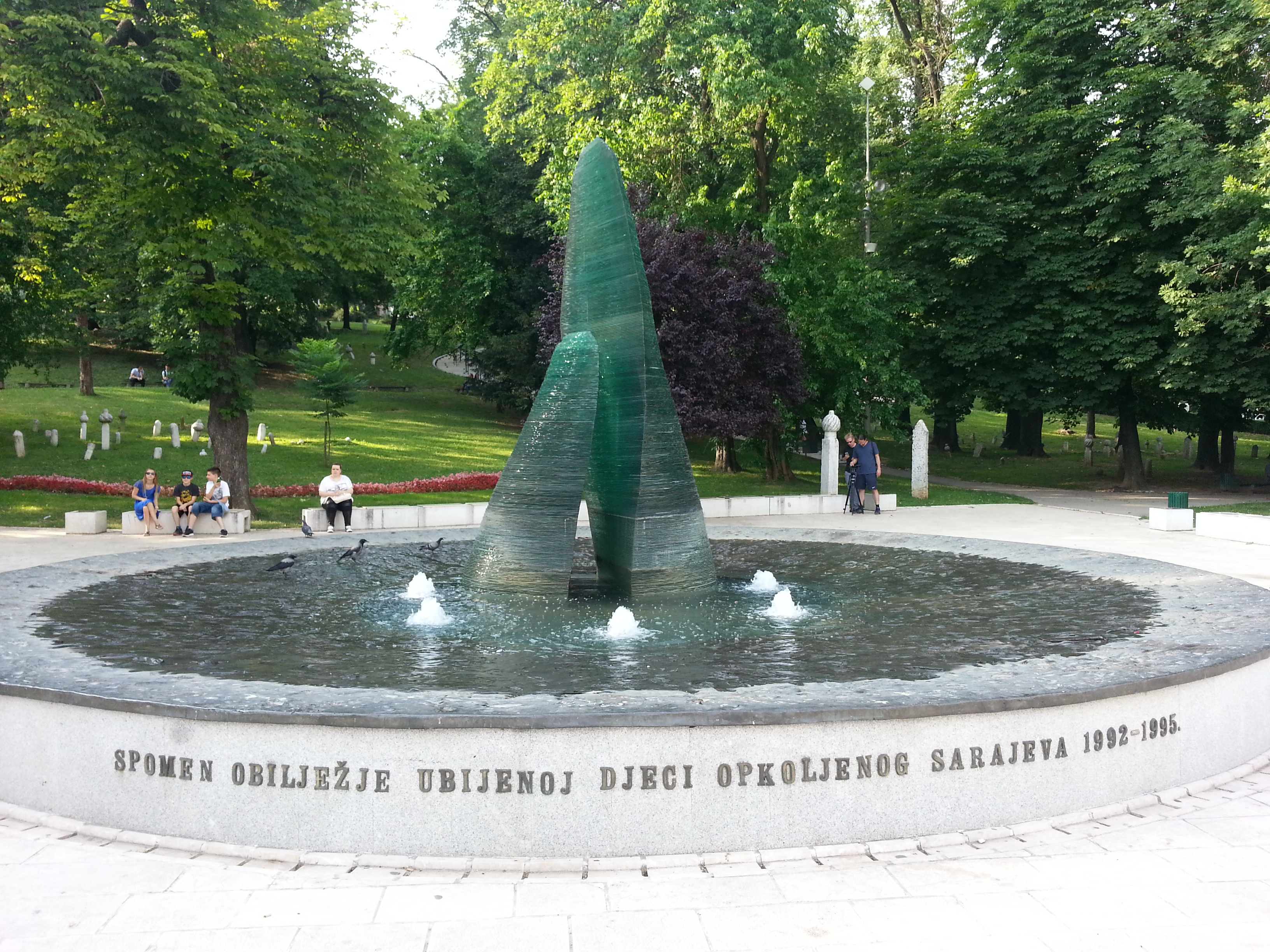
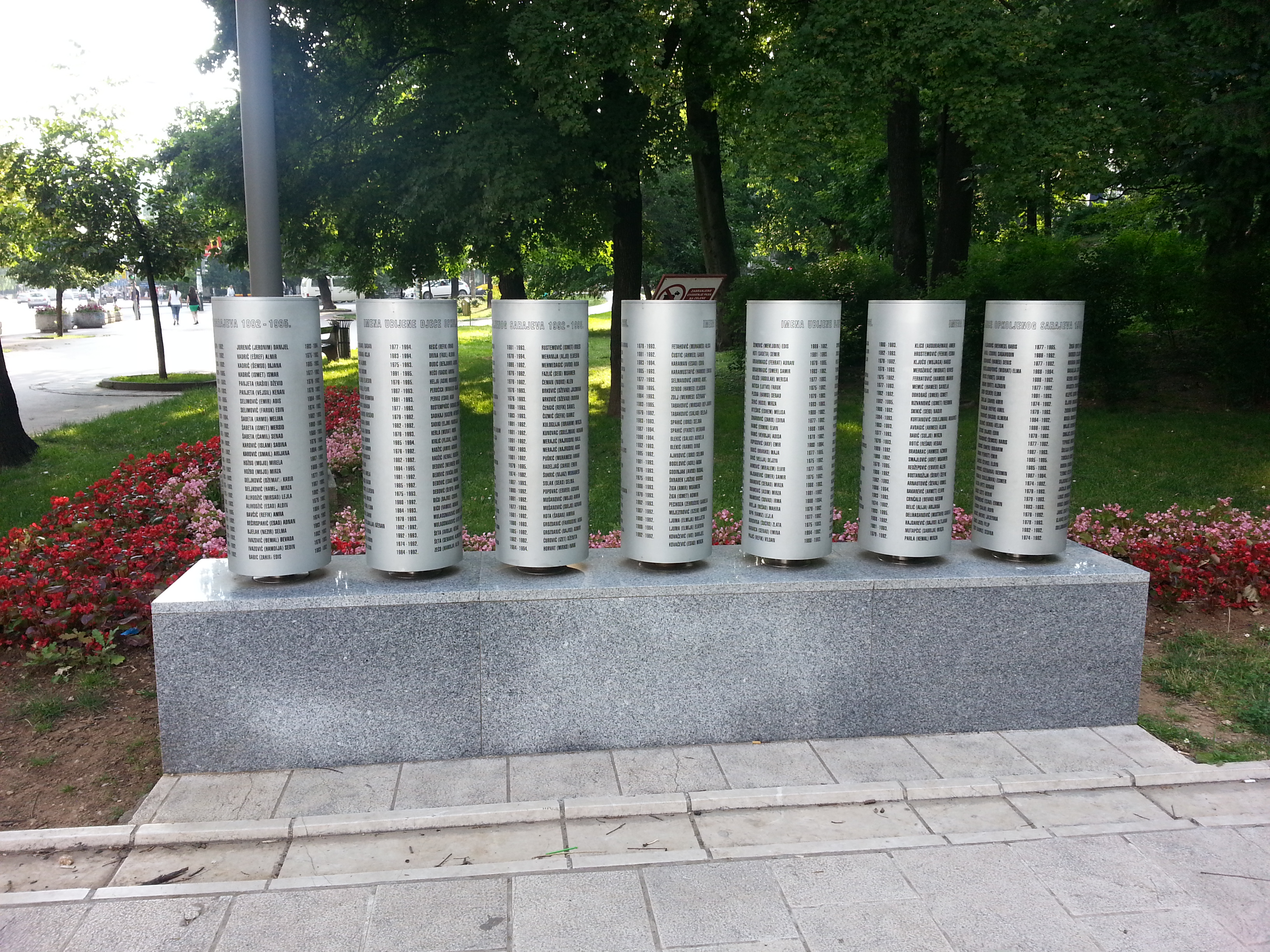
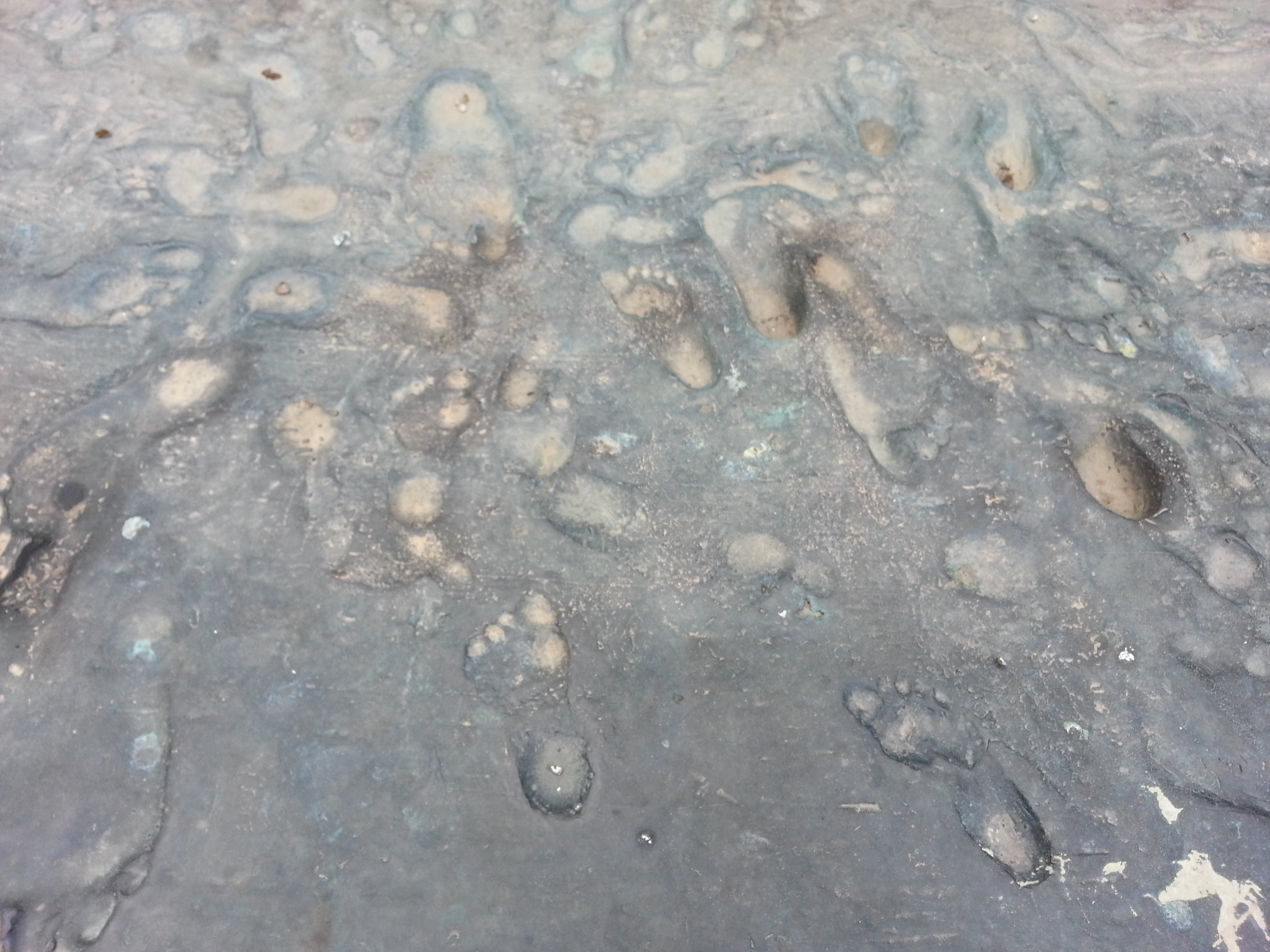




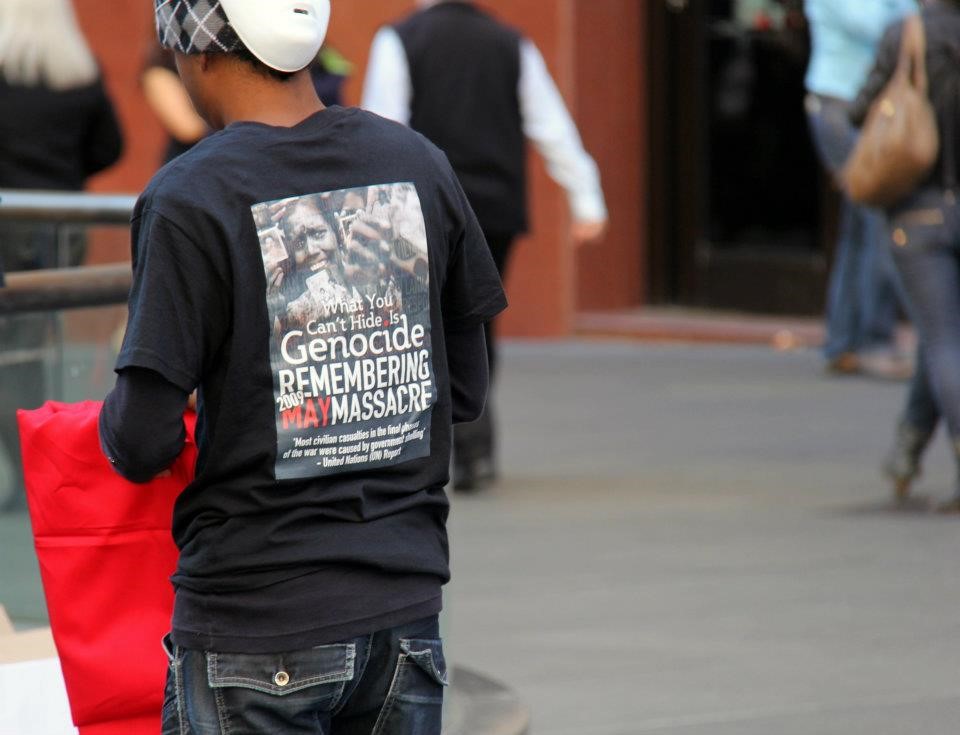
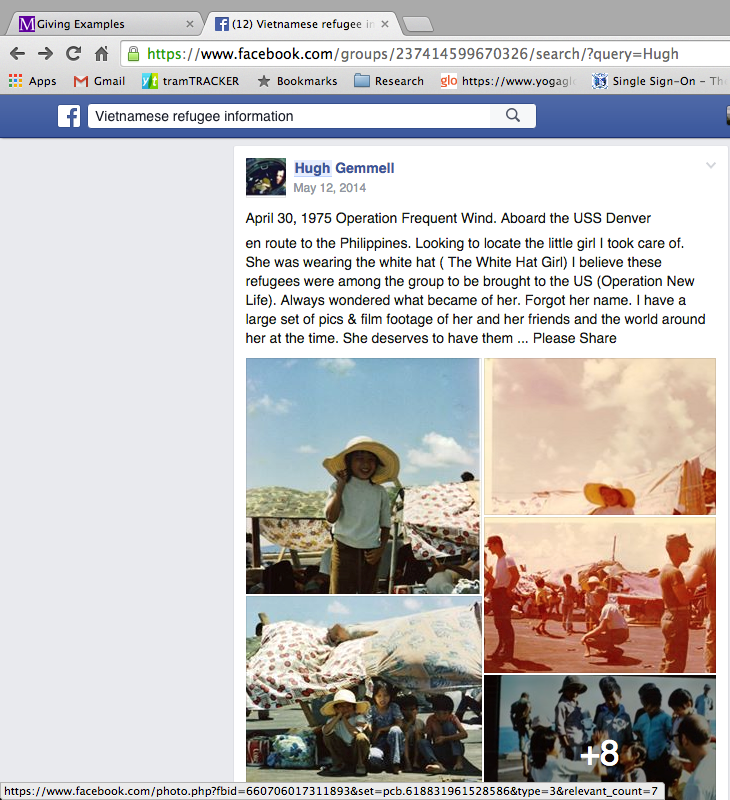
Recent Comments